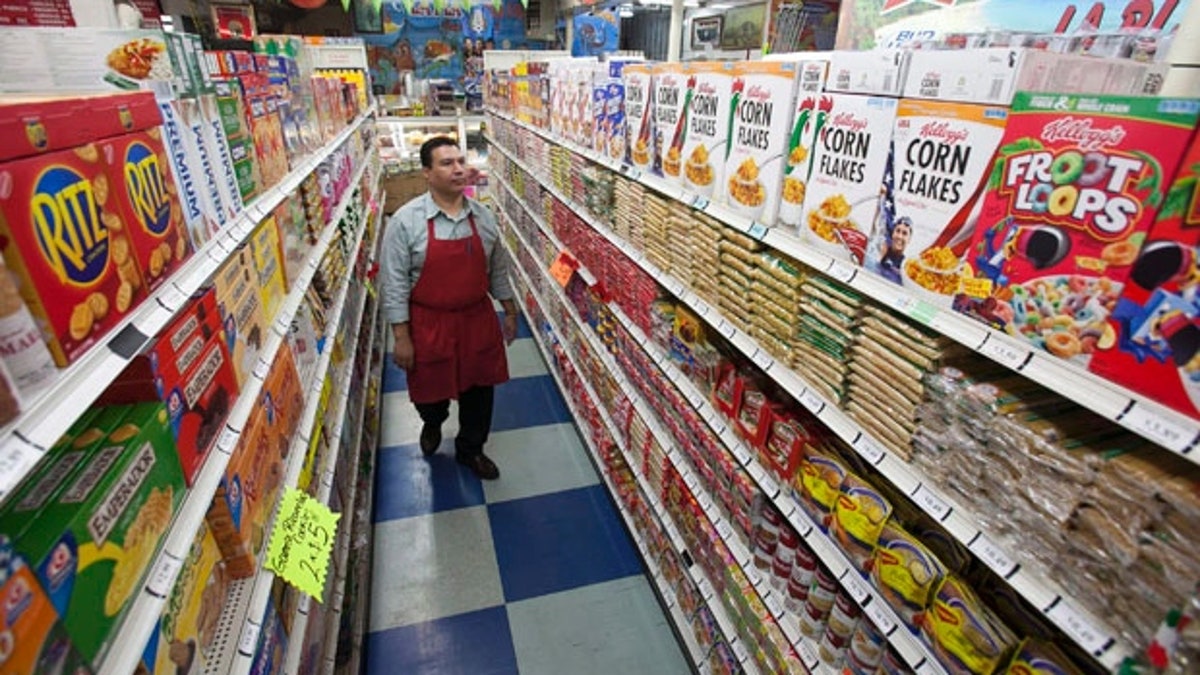
Americans are buying more processed foods than fresh. (AP Photo)
Although organic foods sales are on the rise, don’t fool yourself: We’re still loading up our shopping carts with chips and cookies.
A new study from the American Journal of Clinical Nutrition has found that almost two-thirds — 61 percent — of American grocery purchases are highly processed foods. In addition, 77 percent of American grocery purchases consist of either moderately or highly processed foods.
This means the average American consumes more than 1,000 calories of processed foods every day.
But don’t get too nervous and start cleaning out your pantry: The word processed, according to USDA standards, is defined as “a retail item derived from a covered commodity that has undergone specific processing resulting in a change in the character of the covered commodity.” By this definition, pasteurized dairy products, like milk, yogurt, and cheese, as well as frozen vegetables, are processed foods: not just your usual suspects like Oreos and Twinkies.
“Highly processed food purchases are a dominant, unshifting part of U.S. purchasing patterns yet may have higher saturated fat, sugar, and sodium content compared with less-processed foods,” the authors concluded. “Wide variation in nutrient content suggests food choices within categories may be important.”
More from The Daily Meal
Worst Processed Foods That Are Ruining Our Health
Why Should You Stay Away from Processed Meat?
13 Foods Highest in Trans Fats
New Diet Food? Shrinking Food Pore Size Could Cut Down on Salt and Fat Intake



















